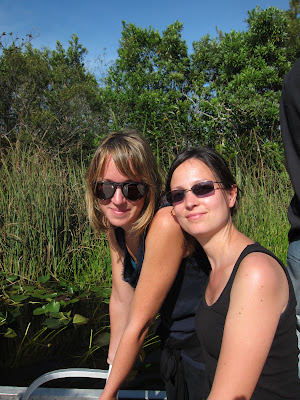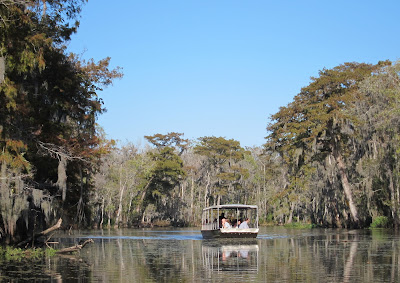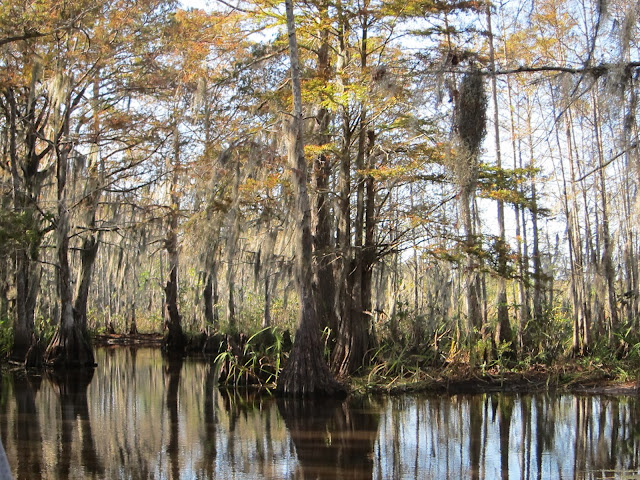Our last stop in the United States: Miami! We were especially excited to go there because we had set an appointment with our dear friend Olga who currently works in Haiti. Miami was a perfect spot to meet, rest and enjoy the multifaceted pleasures of western life.
Olga and Axelle in the Everglades
We considered Miami as a puzzling city, famous for its luxury villas and marinas, and for its Cuban immigration. We decided to stay away from the urban bustle and enjoy the life in South Beach, which is in fact an island!
Miami Beach on a cloudy day
Surprisingly, the architecture of Miami Beach has a lot of character thanks to the work of the Miami Design Preservation League. For the last thirty-five years, this non-profit organization has been devoted to preserve the wonderful inheritance of what had become the Historic Art Deco District. Above all it stresses the importance of the architectural harmony of the neighborhood: maintaining the external appearance of existing buildings while the new buildings should not copy nor clash with the current styles.
The Carlyle
Some buildings still need a renovation
In fact, on a handful of South Beach's streets is located the largest concentration of Art Deco buildings in the world. We attended a very instructive two-hours walking tour provinding an introduction to the Mediterranean Revival and Art Deco style in this recreational district.
Marlin Hotel
Jerry's Famous Deli
Jerry's Famous Deli
On Ocean Drive is located the most photographed building in Miami, a fine example of Mediterranean architecture style. But the mansion Casa Casuarina is mostly famous because the Italian fashion designer Gianni Versace was murdered on its stairs.
Casa Casuarina
Edison, another example of Mediterranean style
******
A few kilometers south of Miami we visited the Everglades National Park, the largest subtropical wilderness in the United States. A popular way of going through the park's nature and wildlife is by airboat ride. Fun but noisy!
The Everglades are in fact a very slow-moving and shallow river flowing southwest at about 400 meters per day into Florida Bay. The park is the cradle of a very fragile ecosystem where lives a lot of protected and threatened species.
Our guide
An alligator
Baby alligators sleeping
Kissing a Cane Toad (a poisonous toad), it might not become Prince Charming





















































